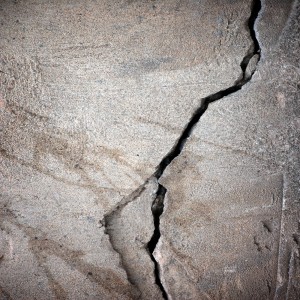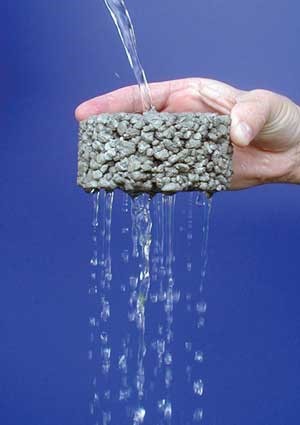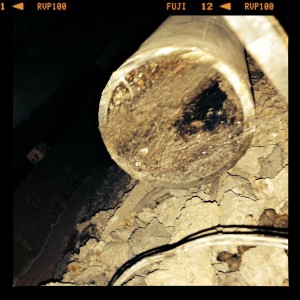Hold the Vacuum! (Dusting Concrete Surfaces)

 Have you noticed dry, powdery deposits on the concrete elements in your community? Or have you walked across concrete and had a white, dust-like powder follow you? If so, your concrete may be experiencing a condition called dusting.
Have you noticed dry, powdery deposits on the concrete elements in your community? Or have you walked across concrete and had a white, dust-like powder follow you? If so, your concrete may be experiencing a condition called dusting.
Dusting occurs when the surface of concrete disintegrates, resulting in a loose, chalk-like powder. A list of potential causes of dusting is provided below.
- Poor Finishing – The addition of too much moisture during finishing operations, or condensation of cool air on the fresh, warm concrete surface can result in a weak surface layer. As pedestrian or foot traffic is applied to this soft surface, dusting may result.
- Poor Placement Conditions – Improper ventilation in an enclosed space where machines producing carbon dioxide are present, such as a garage, could result in carbonation of the concrete. This chemical reaction reduces the concrete strength, which may lead to chalking surfaces.
- Improper Curing – The omission of moist curing (i.e. wet burlap) operations or approved curing compounds can allow the surface of fresh concrete to dry out, resulting in a soft surface, susceptible to disintegration.
- Insufficient Protection – Newly placed concrete subjected to an unexpected summer rain storm, high winds, or freezing overnight temperatures without proper protection are prone to weakened surfaces and even reduced strength.
The good news is repairing this condition can be relatively routine. Sandblasting or pressure washing can remove the soft surface, or applying a hardener or sealer may also be effective. However, if the dusting/surface deterioration is severe, application of an overlay or topping may be necessary. If your community is experiencing dusting or you have concerns with your new concrete, consult with a professional engineer who can help evaluate and determine the appropriate repair solution.


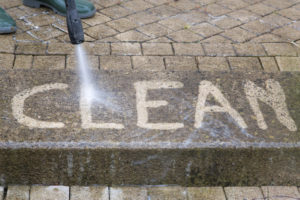 It’s hard to find a building today without concrete surfaces stained by rust. Rust stains can adversely transform the aesthetics of a beautiful building. How can rust stains be removed? Let’s find out!
It’s hard to find a building today without concrete surfaces stained by rust. Rust stains can adversely transform the aesthetics of a beautiful building. How can rust stains be removed? Let’s find out!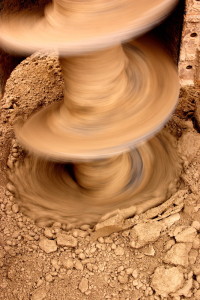 Occasionally we run into a building owner that regards soil sampling and testing as an unneeded extra expense and asks if we can forgo this effort. Generally, soil is sampled by using a drill rig that bores into the ground up to 40-feet, or more deep. Small samples of the various soils that are found at different levels or strata are taken to a laboratory for testing to determine the composition of the soil, moisture content, and other properties.
Occasionally we run into a building owner that regards soil sampling and testing as an unneeded extra expense and asks if we can forgo this effort. Generally, soil is sampled by using a drill rig that bores into the ground up to 40-feet, or more deep. Small samples of the various soils that are found at different levels or strata are taken to a laboratory for testing to determine the composition of the soil, moisture content, and other properties.
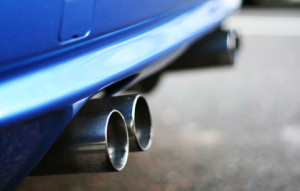 Did you know carbon monoxide (CO) detectors have shorter life span than most household equipment (such as air conditioning units, water heaters, washers and dryers etc.)? On average, carbon monoxide detectors have service lives of about five years. If you have not replaced your carbon monoxide detectors in the past five to six years, they’ve probably stopped working correctly.
Did you know carbon monoxide (CO) detectors have shorter life span than most household equipment (such as air conditioning units, water heaters, washers and dryers etc.)? On average, carbon monoxide detectors have service lives of about five years. If you have not replaced your carbon monoxide detectors in the past five to six years, they’ve probably stopped working correctly.
